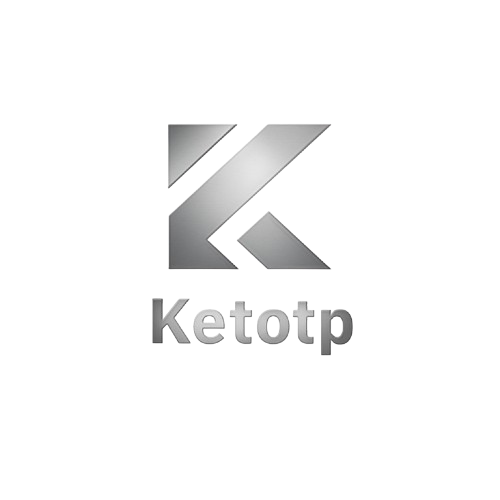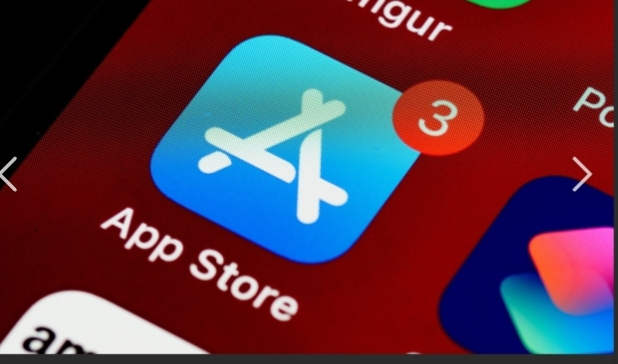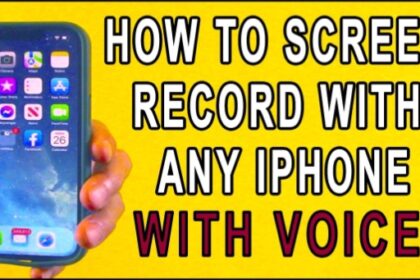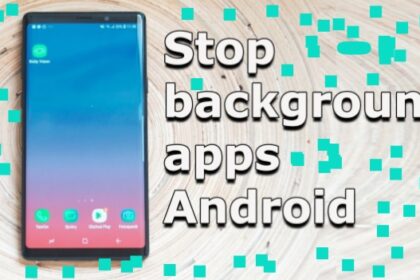Building an app is just the beginning. Getting it into the hands of users requires publishing it on the Google Play Store and Apple App Store—the two biggest mobile distribution platforms in the world.
In this step-by-step guide, you’ll learn exactly how to upload any app on Google Play Store and Apple App Store in 2026, including key requirements, best practices, and what to expect during the review process.
Part 1: Uploading to Google Play Store (Android)
Step 1: Create a Google Play Developer Account
- Go to https://play.google.com/console
- Sign in with your Google account
- Pay a one-time $25 registration fee
- Fill in developer details and accept terms
Approval usually takes 24–48 hours.
Step 2: Prepare Your App for Release
- Use Android Studio to compile your APK or AAB (preferred in 2026)
- Ensure it meets all target SDK and Google Play policies
- Sign the app using a release key
Step 3: Create a New App in Play Console
- Click Create App
- Choose language, app name, and type (app or game)
- Select free or paid
Step 4: Fill Out App Details
- Title & short description
- Full description
- Screenshots (min. 2)
- Feature graphic (1024x500px)
- App icon (512x512px)
- Promo video (optional)
Step 5: Set Content Rating & Target Audience
- Complete content rating questionnaire
- Define age rating and target audience
Step 6: Privacy Policy & Permissions
- Provide a link to your privacy policy
- Declare and justify app permissions (camera, location, etc.)
Step 7: Upload Your App Bundle (AAB)
- Go to Release > Production > Create Release
- Upload your signed .aab file
- Add release notes
Step 8: Submit for Review
- Click Review and roll out to production
- Submit and wait for approval (1–3 days average)
Part 2: Uploading to Apple App Store (iOS)
Step 1: Enroll in Apple Developer Program
- Sign in with your Apple ID
- Pay a $99/year subscription fee
- Complete legal entity and tax information
Step 2: Prepare Your App Using Xcode
- Build your iOS app using Xcode 15+.
- Archive and sign the app with your developer certificate.
- Use App Store Connect and TestFlight for pre-release testing.
Step 3: Create a New App Record in App Store Connect
- Go to https://appstoreconnect.apple.com
- Click My Apps > + > New App
- Fill in:
- Platform (iOS)
- Name, Bundle ID, SKU
- Primary language, pricing
Step 4: Add App Info & Metadata
- Short and long descriptions
- App icon (1024x1024px)
- At least 5 screenshots (6.7″ and 5.5″ iPhone sizes required)
- Keywords, support URL, marketing URL
- Privacy policy link
Step 5: Set Age Rating and App Privacy Details
- Complete App Privacy questionnaire
- Declare data usage, third-party SDKs, tracking permissions (per iOS 17+ rules)
Step 6: Upload App via Xcode or Transporter
- Use Xcode Organizer to submit directly
- Or use Transporter app on macOS to upload .ipa file
Step 7: Submit for App Review
- Go to App Store Connect
- Add app for review under App Review > Submit
- Choose manual or automatic release
Review Time:
- Average: 1–5 business days
- Faster if you’ve submitted apps before with good standing
Tips to Avoid Rejection
- Follow Play Store & App Store guidelines carefully
- Avoid placeholder content or dummy data
- Test thoroughly for crashes and bugs
- Use high-quality screenshots and accurate descriptions
- Make sure your privacy policy is legit and linked
App Store Optimization (ASO) Tips
- Use relevant keywords in app title and description
- Add localized descriptions if targeting multiple countries
- Include a promo video to boost installs
- Respond to reviews and update regularly
Final Thoughts
Uploading your app to Google Play and the App Store in 2026 is easier than ever if you follow a structured process. Focus on clean builds, accurate metadata, and compliance with platform rules. Once live, gather user feedback and continue improving to rank higher.
Ready to go global? Your app is just one publish button away.
Next: Want to learn how to get your first 1,000 downloads after launch? Stay tuned for our marketing and ASO playbook.














